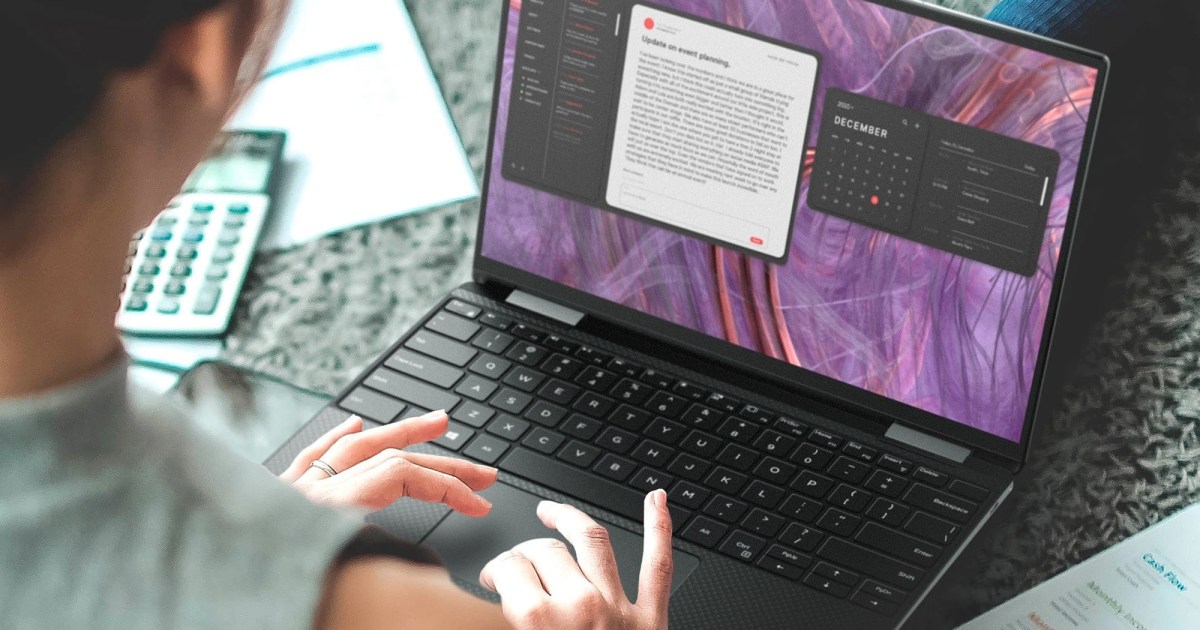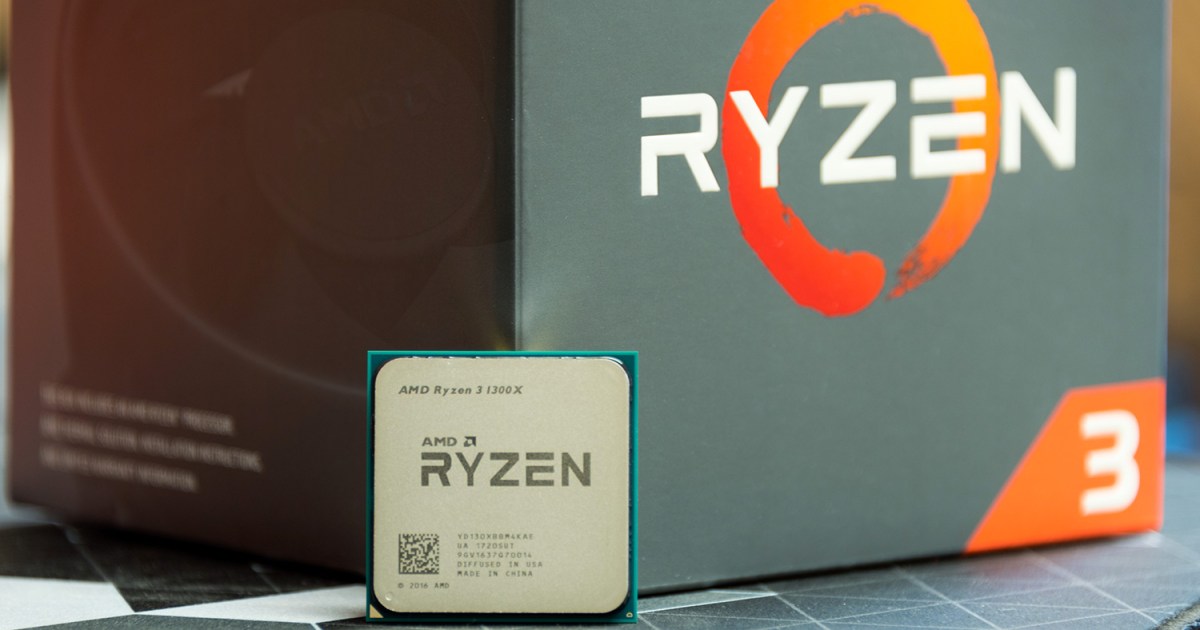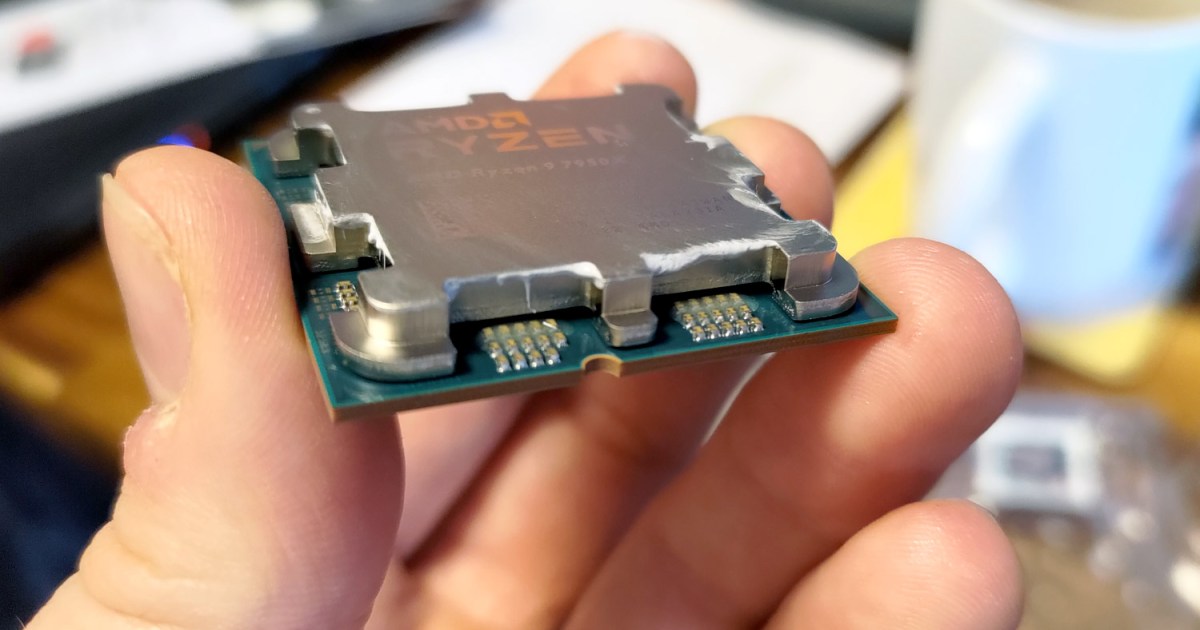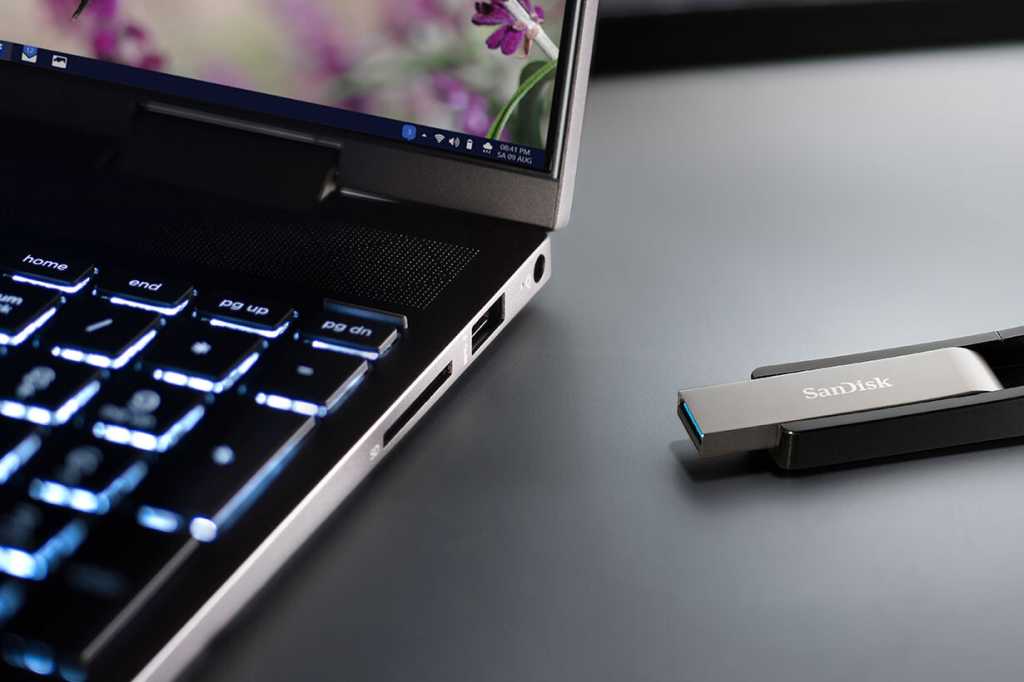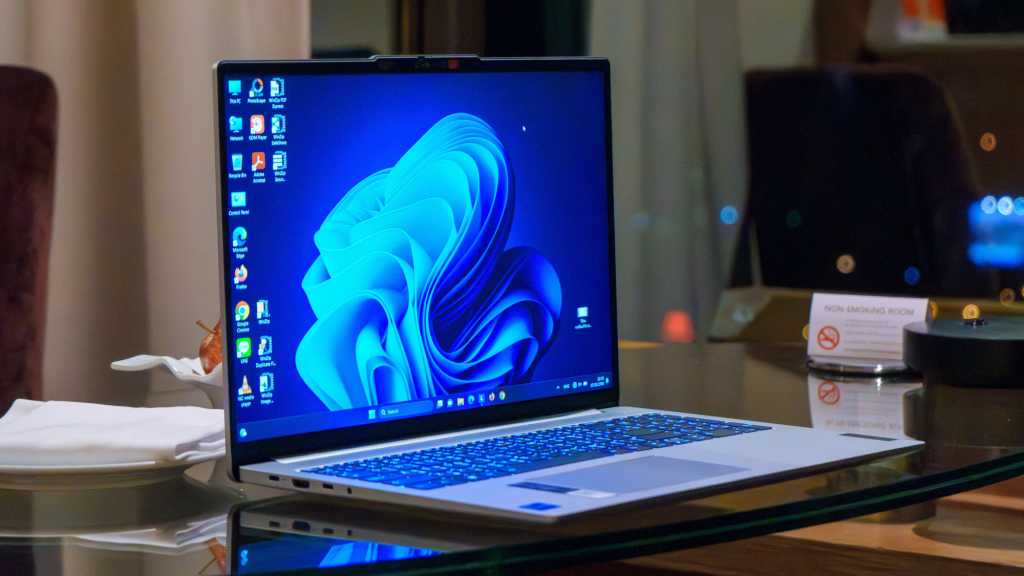Is your PC freezing, slowing down, or experiencing unexpected hitches? Even with a top-of-the-line processor, high CPU usage can be the culprit. Understanding CPU usage and its impact on performance is crucial for a smooth computing experience. This guide explores high CPU usage, its causes, and effective solutions.
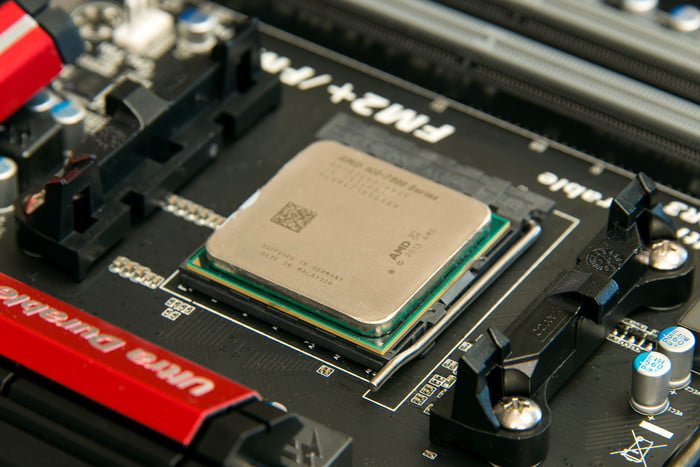 Installed CPU on a motherboard.Image used with permission by copyright holder
Installed CPU on a motherboard.Image used with permission by copyright holder
Understanding CPU Usage
The Central Processing Unit (CPU), often referred to as the processor, is the core component of any computer. It acts as the brain, sending instructions to all other hardware components and executing every task. Each CPU has a limited capacity for executing commands and running programs. More powerful CPUs can handle more simultaneous tasks, but all CPUs have a limit.
CPU usage represents the percentage of the CPU’s capacity currently being used. Low CPU usage indicates ample processing power. However, running demanding applications like games or video editing software increases CPU usage, potentially impacting response times. While fluctuations are normal, persistent high CPU usage can signal a problem.
Checking CPU Usage on Windows
Monitoring CPU usage is simple on Windows using the Task Manager:
- Keyboard Shortcut: Press Ctrl+Shift+Escape.
- Lock Screen Option: Press Ctrl+Alt+Delete, then select Task Manager.
- Taskbar Context Menu: Right-click the taskbar or Windows icon, then select Task Manager.
In the Task Manager, select the Performance tab and then CPU. This displays a real-time graph of CPU usage. The Resource Monitor offers more detailed information.
Identifying Abnormal CPU Usage
Not all high CPU usage is problematic. Powerful CPUs efficiently utilize resources under heavy workloads. However, excessive usage, especially during idle periods or for simple tasks, can indicate an issue. Here are some warning signs:
- High Idle Usage: CPU usage above 20% when no programs are running.
- Unexpected Increase: Higher usage than usual without running new programs.
- High Usage for Light Tasks: Slow performance with basic tasks like word processing or browsing.
- Performance Issues: High CPU usage accompanied by freezes, crashes, or slowdowns.
Certain programs inherently consume significant processing power. See the FAQ section for examples.
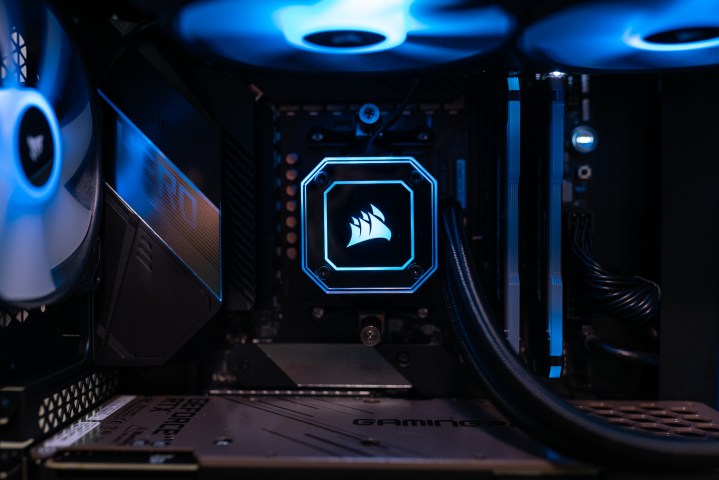 CPU block on the Origin Neuron.Image used with permission by copyright holder
CPU block on the Origin Neuron.Image used with permission by copyright holder
Fixing High CPU Usage
If you suspect abnormal CPU usage, these steps can help resolve the issue:
Restart Your Computer
A simple restart often clears temporary files, closes unnecessary background programs, and refreshes system resources.
Check Open Processes
Use the Task Manager’s Processes tab to identify resource-intensive programs. Close unnecessary applications, especially those with unusually high CPU usage. Research unfamiliar processes to rule out malware.
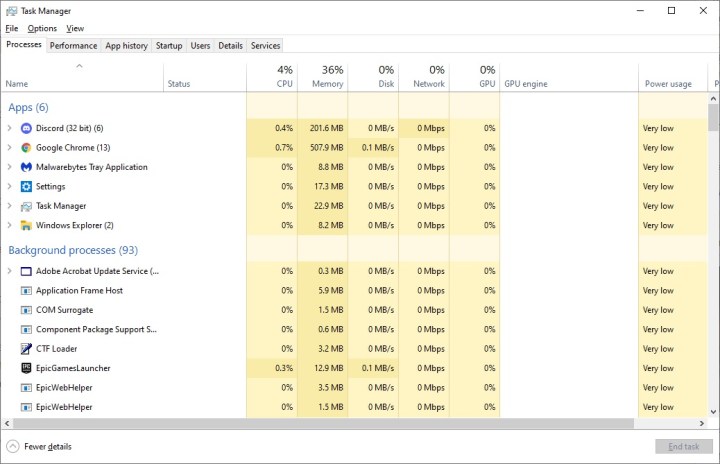 CPU usage in Task Manager.Image used with permission by copyright holder
CPU usage in Task Manager.Image used with permission by copyright holder
Scan for Malware
Viruses and malware can significantly impact CPU usage. Use reputable antivirus and anti-malware software to scan your system.
 Image used with permission by copyright holder
Image used with permission by copyright holder
Update Drivers
Outdated or poorly optimized drivers can strain the CPU. Update all drivers, including motherboard, GPU, and audio drivers, using official manufacturer sources.
Update Software
Outdated software can also contribute to high CPU usage. Ensure all applications are updated to the latest versions.
Update BIOS
Updating the BIOS can sometimes improve CPU performance. Consult your motherboard manufacturer’s website for the latest BIOS version and instructions.
Adjust Power Settings
Using a low-power setting can limit CPU performance. Switch to the High Performance plan in Windows Power Settings.
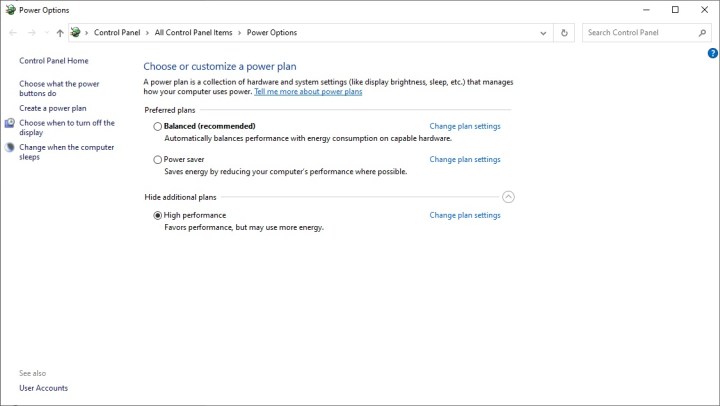 Windows power plan.Image used with permission by copyright holder
Windows power plan.Image used with permission by copyright holder
Clean Your PC
Dust accumulation can cause overheating and hinder performance. Regularly clean your PC’s vents and internal components using compressed air.
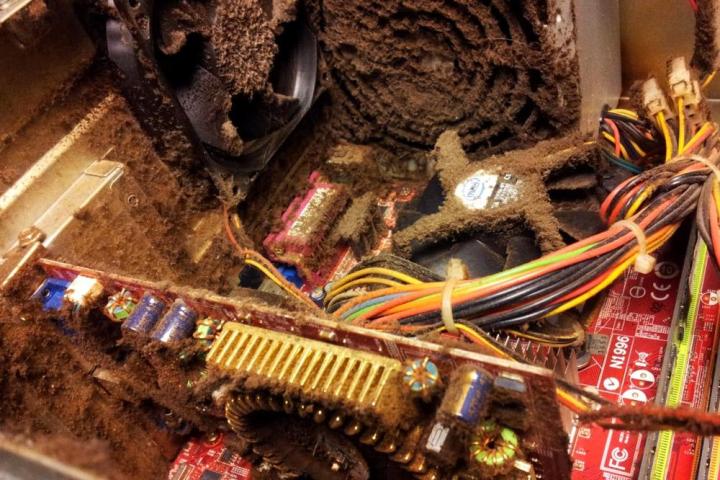 Dusty computer hardware.Image source: Wikimedia
Dusty computer hardware.Image source: Wikimedia
Run System Restore
If the issue is recent, use Windows System Restore to revert to a previous state when the PC was functioning correctly. Be aware that this may remove recently installed programs and files.
Reinstall Windows
As a last resort, reinstalling Windows can resolve persistent high CPU usage problems. Back up your data before proceeding, as this will erase installed programs.
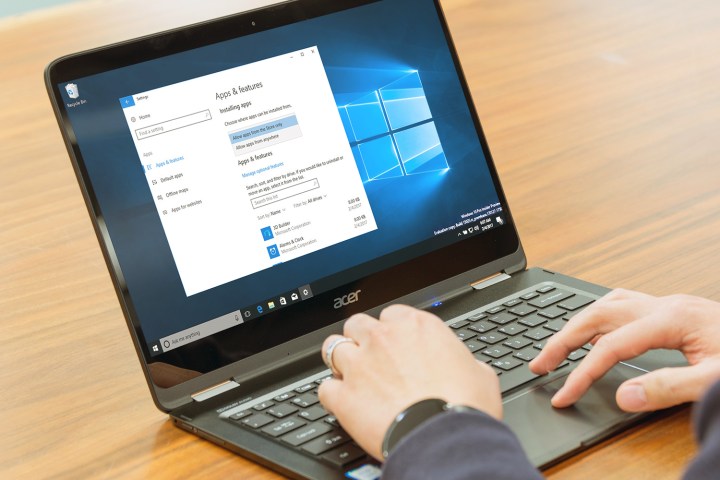 Installing windows.Image used with permission by copyright holder
Installing windows.Image used with permission by copyright holder
Further Troubleshooting
If the problem persists, research online forums and communities related to your specific CPU model or the problematic process. Be cautious about downloading third-party programs from untrusted sources.
 Google search.Image used with permission by copyright holder
Google search.Image used with permission by copyright holder
CPU Usage FAQ
Which Programs Cause High CPU Usage?
Resource-intensive programs like video editing software, games, and browsers with numerous tabs can contribute to high CPU usage.
Is High CPU Usage Bad?
Occasional high CPU usage is normal. However, persistently high usage, especially at 100%, can lead to overheating, freezes, crashes, and system wear.



